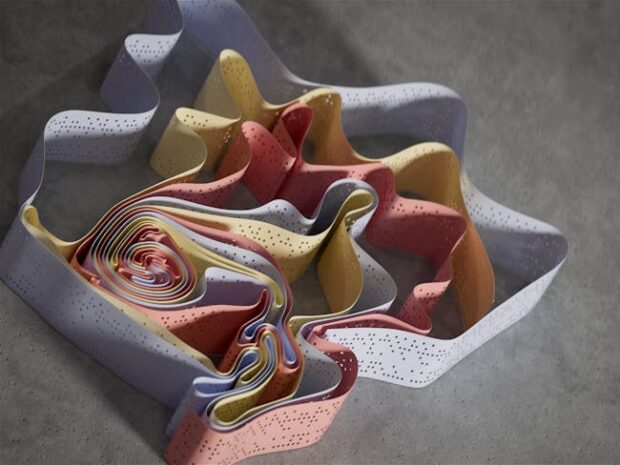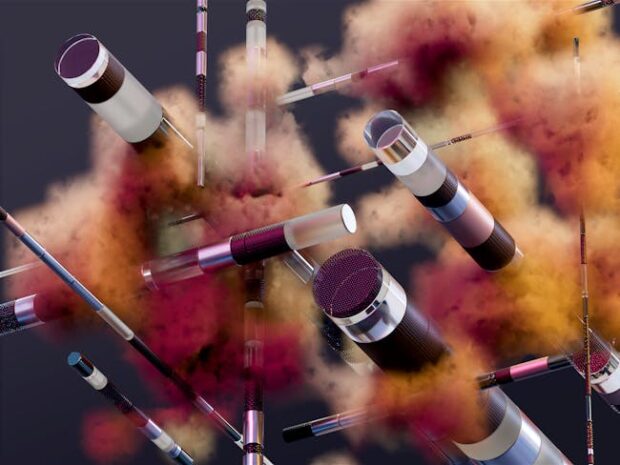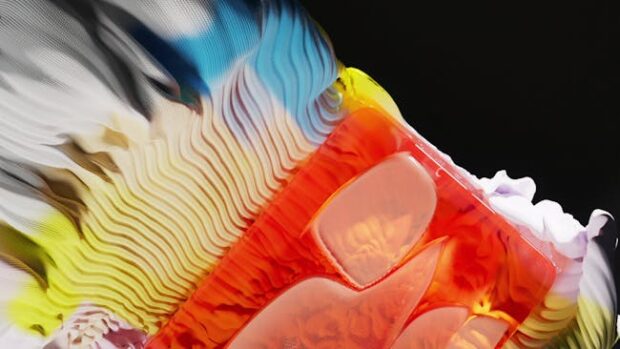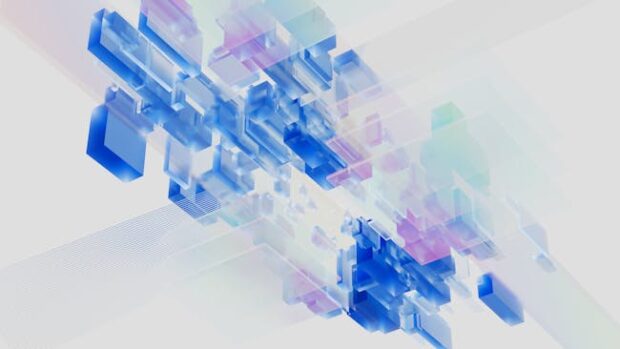How to use AI art ethically
Modern artificial intelligence can create realistic and aesthetically pleasing photos, videos, and other media. That is why many artists rallied against its use, saying AI media steals from their intellectual property and robs them of their livelihoods.
However, generative AI technology is here to stay and knowing how to use it is a must. Fortunately, people have developed ways to use this technology ethically.
READ: The environmental impact of NFTs
The 7 ethical ways of using AI art
- Do not use AI art for profit.
- Disclose your AI art is AI-generated when sharing it online.
- Give credit to artists.
- Be careful when using AI art for products.
- Use AI art to inspire creating original art.
- Support those who want a fair AI art system.
- Don’t use AI art generators.
1. Do not use AI art for profit.

MakeUseOf discourages people from making money from AI-generated art. The argument is many AI image generators use copyrighted images as a basis for their results.
Making money from AI-generated art would seem like you’re making money off the backs of people who spent time, effort, and skills to make original works.
The tech guides website says declaring yourself the artist of an AI-generated picture is also unethical. Moreover, it frowns upon using such photos for products.
2. Disclose your AI art is AI-generated when sharing it online.

You should acknowledge yourself as the prompt provider for a piece of AI work instead of its artist. After all, you made that by entering text descriptions into an AI image generator.
You didn’t draw it using conventional means, such as sketching it on a drawing tablet. Add a line or hashtag to label your picture as AI-generated.
You may also specify you’re not the artist and cite the art’s influence. That is what some digital platforms have been doing recently.
For example, YouTube is following this ethical measure by requiring content creators to disclose if they used AI to make clips.
3. Give credit to artists.

Some AI art generators name the specific artists that influence their results. Other platforms have vague labels, but which expand prompts, sometimes mentioning an influencing artist.
MakeUseOf uses NightCafé as an example. You may try it by typing your prompt and clicking the Advanced Prompt Editor.
Open the Artists option under the Modifiers tab, and it will list the human artists who might influence your AI art.
Put their names in your art’s description if you would like to post it online. Even better, ask for their permission or offer to pay for an original creation.
4. Be careful when using AI art for products.

It isn’t inadvisable to use AI-generated imagery for marketing products and services because your art might draw inspiration from copyrighted works.
At the time of writing, there is no guaranteed way to ensure AI images don’t take inspiration from copyrighted content.
Still, you could avoid an unintended backlash by editing AI art beyond recognition. Also, you can use only a portion of it or designate it as a minor background to your original art.
Again, declare your use of AI imagery and give proper credit to artists.
5. Use AI art to inspire creating original art.

As mentioned, you could just use AI work as inspiration. Enter a description of what you want to draw, gather the samples you like the most, and create original art with them in mind.
You could use them as training material. For example, you could mimic the pencil strokes and color shading a specific piece used.
MakeUseOf also recommends using AI visuals for harmless means, such as creating vision boards, making wacky birthday cards, and creating other gifts.
6. Support those who want a fair AI art system.

Artificial intelligence tools are becoming popular worldwide, causing many governments to make rules on AI tools. Also, more people advocate for the ethical use of this technology.
If you truly want to use AI stuff ethically, support such measures. Also, read it carefully to understand its implications.
READ: Artists defend AI art generators
You can also help by sharing content that elaborates on these measures, such as this article. Pass it on to friends and family so that more people will use AI responsibly.
7. Don’t use AI art generators.

Online platforms act based on user responses. If people use their products and services a specific way, they would likely adjust to suit their needs.
For example, YouTube and Facebook released their versions of TikTok videos following the latter’s success. Similarly, we influence AI art generators based on our actions.
If enough people stop using these generators, their creators may reconsider their services. No guarantee that this method will benefit artists significantly, but it will send a message that people are unhappy about these tools.